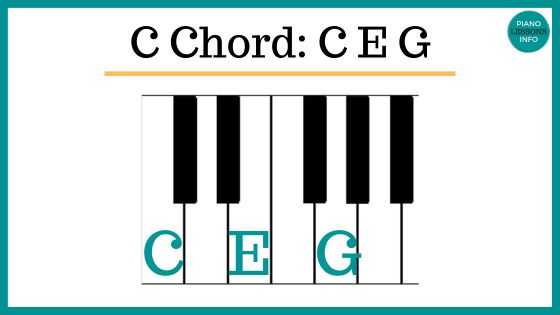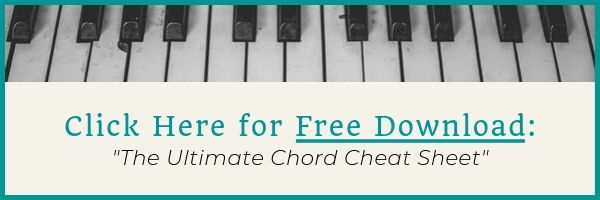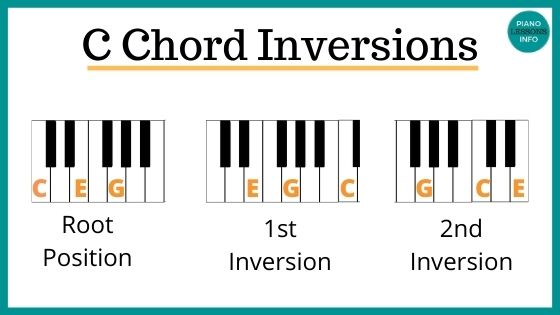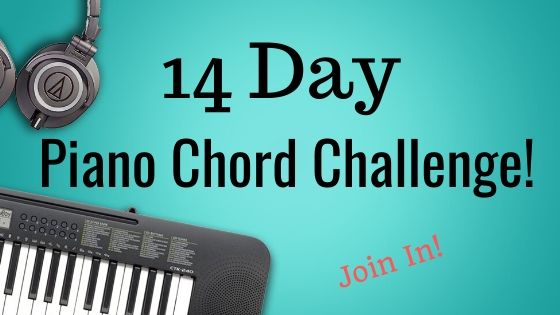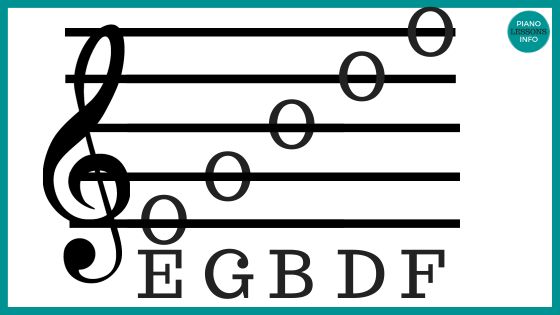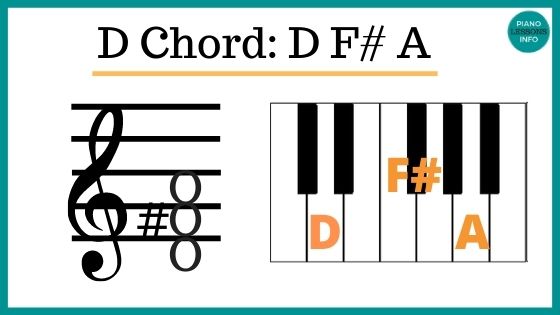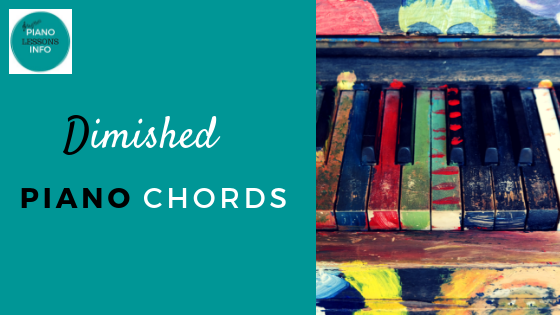Major Vs. Minor Chords in Piano: What's the Difference & What to Learn
Chords are the building blocks of music and if you're wondering about the difference between major vs minor chords in piano, you're in the right place. These are the two types of foundational chords that I recommend everyone learns first.
The difference between them is actually really small - one semi-tone - on the piano. But that's all you need for a big difference in sound and mood.
Here you'll learn:
- what a chord is
- the difference between major & minor chords
- which major and minor chords to learn
- difference in sound and feeling
- chord progressions to practice
- and more!
What's a Chord?
To start with, let's define what a chord is. In music, a chord is a set of notes played together, creating a certain sound, feeling, or mood.
Chords are like words in a language. They are their own package but made up of a group of individuals, like letters form a word. Each type of chord comes with it's own unique sound and feel.
A chord can have a minimum of two notes (dyads), but most chords, including major and minor chords, have three or more notes (triads).
What Are Major Chords?
A major chord is a specific arrangement of tones.
I use the major scale as the basis for understanding chords and so if we go that route, a major chord is the 1st, 3rd and 5th notes of the major scale that starts with the same letter / root note.
Another way to understand chords is by intervals - the space between 2 notes. In this case, a major chord is made up of a root note, a major third, and a perfect fifth.
In terms of semitones (the smallest musical interval in Western music), the major third is four semitones (or half steps) above the root, and the perfect fifth is seven semitones above the root.
A semitone is the very next note on the piano whether that is black or white.
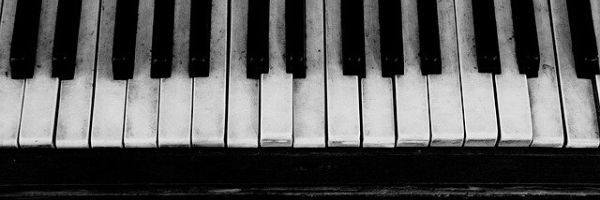 C to C# is a semitone. B to C is a semitone.
C to C# is a semitone. B to C is a semitone.Let's use the C major chord as an example. It has the notes C, E and G.
C: the root note is C, the name of the key, the first note of the major scale.
E: the third note of the C major scale. The major third above C.
G: the 5th note of the major scale. A perfect fifth above C.
First Major Chords to Focus On
If you are just starting to learn chord, there are a few chords are are really good to start with. These are:
All but the D chord (which has F#) has only white notes. See if you can figure them out by what you've just learned.
You can also check them on the chord charts here.
The basic piano chords page will also give you more great chords to start with.
How Are Minor Chords Different?
A minor chord is just slighly difference than a major chord. It all comes down to one semitone.
Let's start by understanding minor chords according to intervals first. A minor chord is made up of the root note, a minor third and a perfect fifth.
So the difference there is we have a minor third instead of a major third.
Taking this back to the major scale, we can also apply the minor chord formula to the major scale. For a minor chord, you play the 1st, lowered 3rd (down one semitone) and 5th notes of the major scale. That means whatever the third note of the scale is, you take it down by one semitone.
Let's take the Cm or C minor chord as an example. C and G are the same as the C major chord. But E gets lowered to Eb to make it minor.
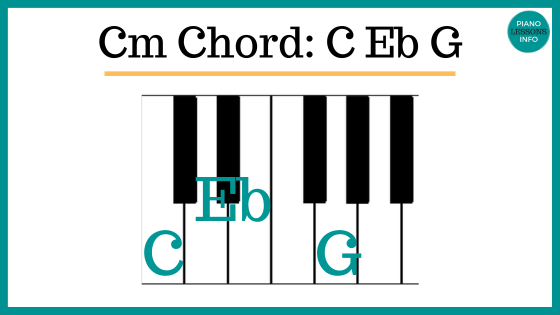
First Minor Chords to Focus on
If you are just learning, the initial minor chords (written with a small m), you should start with are:
All of these chords, except for Bm (which has F#) are on only white notes.
Major Vs Minor Chords Piano Summary
To sum up the difference:
Chord formulas based on the major scale:
Major chords: 1, 3, 5
Minor chords: 1, b3, 5
Intervals:
Major chords: root, major third, perfect 5th
Minor chords: root, minor third, perfect 5th
Semitones:
Major chords: root, skip 3 semitones, middle note, skip 2 semitones, last note
Minor chords: root, skip 2 semitones, middle note, skip 3 semitones, last note
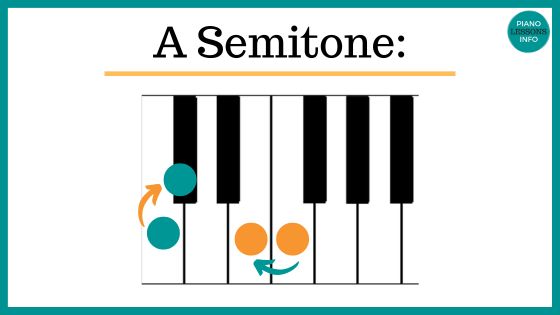
Major Vs Minor Chords: Which Do You Play More Of?
You can think of major chords as the primary chord type. They are foundational. Knowing and understanding all major chords will help you to know and understand all of the other chords out there.
So major chords are really important, learn these first and learn all of them. You will play major chords more but just because there tends to be a slightly higher percentage of major chords in a song over minor chords.
But! Minor chords are played all the time. It's important to learn to play and understand all minor chords as well. And some people do prefer the sound of minor chords (I'm one of them) over major chords.
Difference in Sound & Feel
For such a tiny difference between the two types of chords, this one semitone difference between the major and minor third is responsible for the significant difference in sound and emotional character.
Major chords typically sound bright, uplifting, and joyful due to the larger interval between the root and the third.
In contrast, minor chords often sound dark, sad, melancholy or introspective because of the smaller interval between the root and the third.
If you are writing music, you can keep this in mind.
Mixing Major and Minor Chords
Songs generally use both major and minor chords. This mix, called a chord progression, makes music more exciting and dynamic.
A song with only major chords might be too happy, while a song with only minor chords might be a little on the sad side. You could even make it sound scary.
Chord Progressions to Practice
Now, playing a single chord is fun, but the real magic happens when you start linking chords together in a sequence or a chord progression. Here are some to start with.
A classic progression to start with is the C Major - A minor - F Major - G Major. Often denoted as I-vi-IV-V in Roman numeral notation, this progression is found in countless pop songs.
Chord progression 1: C Am F G
Another beautiful progression to practice is the D Major - B minor - G Major - D Major. The switch between major and minor chords in these progressions will help you understand their emotional interplay.
Chord progression 2: D Bm G D
The Role of Major & Minor in Music
How are these major vs minor chords in piano used musically?
Major chords often form the backbone of a song's main theme, giving it an upbeat feel.
Minor chords add depth and complexity, often used in bridges, pre-choruses, or parts of a song that need to convey deeper emotions.
Songs aren't always confined to one type, though. A song in a major key might use minor chords to add a touch of melancholy, and a song in a minor key might incorporate major chords for moments of relief or contrast.
To Sum Up
Major chords have a slightly different chord formula to minor chords. The major chord is played with a major third while the minor chord is played with a minor third.
Major chords tend to sound happy and minor chords tend to sound sadder.
You should learn all major chords and all minor chords.
Free Download:
Ultimate Chord Cheat Sheet

Subscribe below and get free access to the (printable) Ultimate Chord Cheat Sheet.
Recent Articles
-
Piano Notes Chart
Nov 20, 23 10:21 PM
Find a piano notes chart for treble clef and bass clef notes as well as the different types of notes. -
D Chord on Piano + Diagram, How To & Theory
Oct 24, 23 12:20 AM
Learn how to play the D chord on piano with diagram, fingering, D/A, D/F# and a theory explainer. -
Diminished Piano Chords: Chart & How to Make Them
Oct 09, 23 09:23 PM
Learn the different diminished piano chords and how to make them. Here you'll find both a diminished chord chart and an explanation.
- Home
- 14 Day Chord Challenge
- Major Vs Minor Chords Piano
Free Download:
Ultimate Chord Cheat Sheet

Subscribe below and get free access to the (printable) Ultimate Chord Cheat Sheet.

